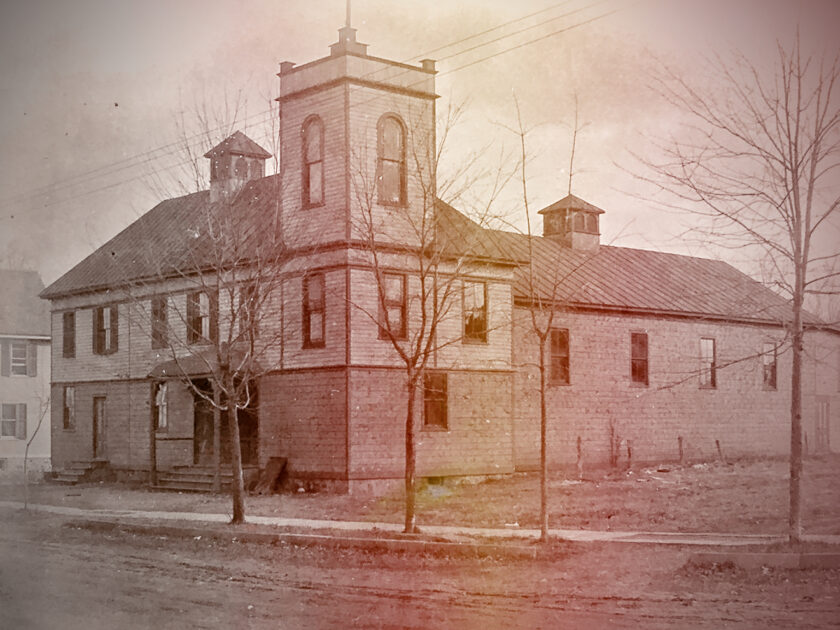
PARK RIDGE—Last week we discussed the phenomenon of Borough Fever, which saw the Township of Washington break apart into the Pascack Valley’s eight municipalities between 1894 and 1906.
Westwood had led the pack, seceding on May 8, 1894 to become the borough we know today. The map transformed quickly after that, with Park Ridge following just a week later. Here is that story.
Back when it was still a village within the Township of Washington, some modern-minded folks formed a group called the Park Ridge Improvement Association. They sponsored an amusement center, similar to Coney Island, right in Park Ridge near Midland and Louville avenues. This place, which they called Island Park, was the scene of dances, food stands, carnival games, picnics, and other amusements. There was a stagecoach that ran between the Park Ridge train station and Island Park, and on Saturday evenings it did a flourishing business.
Island Park was more than just an entertainment center—it was a fundraising endeavor. Proceeds were used to improve Park Ridge’s roads and even paid for the installation of street lamps, something which was remarkable for the time. Park Ridge was the first village on the railroad line between Hackensack and Spring Valley to have street lamps, and these were much admired by travelers as they passed through.
The lamps burned oil, and a young man with a small wagon would come around to trim the wicks and refill the fuel each day.

The Improvement Association held its meetings at Foresters Hall on Kinderkamack Road. It was during one of these meetings early in 1894 that member William Ackerman suggested the idea of Park Ridge breaking away from the Township of Washington and becoming a borough. The concept was well-received among members of the Improvement Association, but as word spread around the village, reactions varied.
At the time, Park Ridge was in the midst of a culture clash.
The coming of the railroad in the 1870s meant that people could now have homes in the pristine rural landscape of the Pascack Valley, while commuting into the city for work. In the late 19th century, the local population had expanded as New Yorkers made their exodus to the country.
The newcomers brought with them modern ideas about how the village should operate. They favored progress and public improvements, such as better schools and macadamized roads, even if it meant increased taxes. This faction generally viewed a separation from the Township of Washington, and the formation of a borough, as a step into the future and a way to strengthen local control over tax dollars.
The valley’s older population, those ancestrally Dutch farmers whose families had worked the land for generations, did not agree. They were a hard-working and frugal bunch who saw value in keeping to the old ways. They favored remaining a part of the township and avoiding projects that would raise taxes.
The matter of forming a borough was put to a public vote on May 14, 1894 at Foresters Hall. Each side rallied its forces to get people to the polls, and the turnout was a good one. The 144 ballots cast meant that a high percentage of Park Ridge’s eligible voters (that is, adult males) had turned out to have their say on this important question.
Unfortunately for the old farmers, the tide had turned and the people wanted a change. The men of Park Ridge favored incorporation by a vote of 95–49. With that, Park Ridge became the seventh borough in Bergen County.
